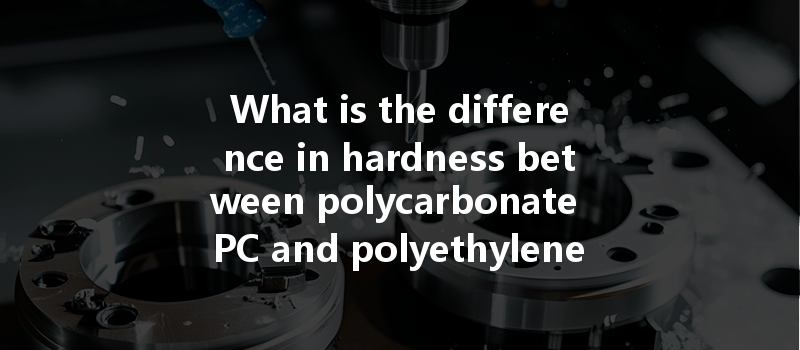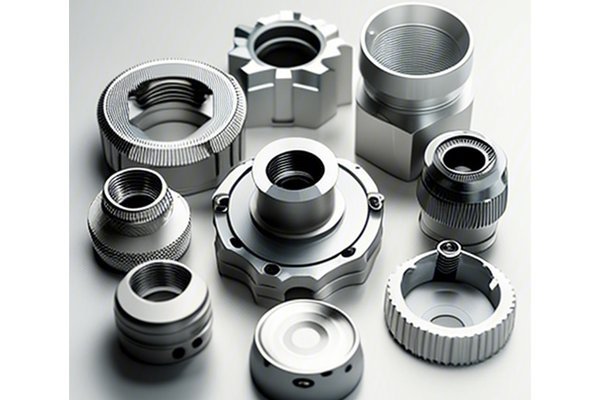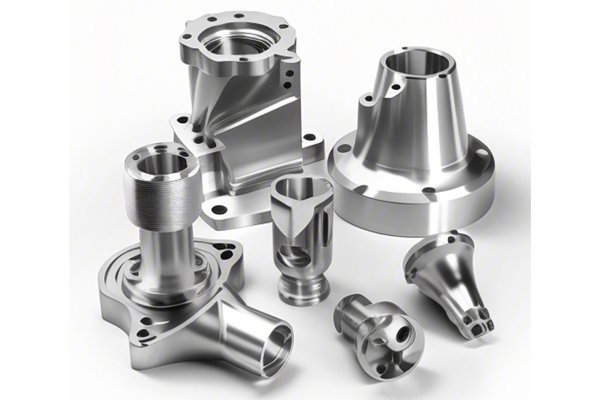Have you ever wondered how two seemingly similar plastics can have vastly different properties? When it comes to computer numerical control (CNC) machining, understanding the nuances between polycarbonate (PC) and polyethylene (PE) can significantly enhance the quality and efficiency of your manufacturing processes.
The Basics of Polycarbonate and Polyethylene
Before diving into the intricate differences in hardness between these two materials, let’s outline their fundamental properties:
Polycarbonate (PC)
Polyethylene (PE)
Hardness Comparison: PC vs. PE
Hardness is a key metric in CNC machining, influencing cutting speeds, tool wear, and the overall finish quality of the manufactured product.
Polycarbonate Hardness
Polycarbonate exhibits a Shore D hardness of approximately 70 to
Polyethylene Hardness
In contrast, polyethylene can range from a Shore D hardness of about 50 (for LDPE) to approximately 65 (for HDPE). The lower hardness of polyethylene often results in easier machining characteristics, though it lacks the impact resistance and structural integrity of polycarbonate. The flexibility of PE makes it suitable for applications where stress and strain are to be expected.
Influencing Factors on Hardness
Several factors can influence the hardness of these materials during CNC machining:

CNC Machining Considerations
Tool Selection
Choosing the right tooling is essential to achieving optimal machining results. When working with polycarbonate, high-speed steel (HSS) or carbide tools tend to provide the best finish. For polyethylene, softer tools can be used, but they still need to be robust enough to handle the material quirks.
Cutting Parameters
Adjusting feed rates, cutting speeds, and coolant usage will significantly influence the final product’s quality. For instance, using a slower feed rate with polycarbonate can reduce heat generation and tool wear, ensuring a smoother finish.
Surface Finish
Hardness has a direct impact on surface finish quality. Because of its higher hardness and lower ductility, polycarbonate can experience chipping and cracking if not machined properly. In contrast, polyethylene’s lower hardness can lead to smearing or a “fuzzy” finish if the cutting tools are not adequately maintained.
Problem-Solving Strategies
Conduct tests to determine the best speed and feed rate for both materials. This might involve running trial cuts and measuring the resulting hardness and finishing quality.
Implement cooling strategies during machining to minimize heat generation, especially for polycarbonate, which is susceptible to thermal deformation.
Ensure tools are sharpened and maintained, as dull tools increase friction and generate excessive heat, adversely affecting the hardness state of the materials.
Check the hardness of produced parts using durometers to ensure they meet specifications. Regular quality checks can help identify machining issues before they escalate.
Training operators on material properties, proper machining techniques, and problem-solving strategies can lead to improvements in production quality and efficiency.
Understanding the difference in hardness between polycarbonate and polyethylene during CNC machining is crucial for manufacturers aiming for precision, quality, and efficiency in their processes. Polycarbonate’s higher hardness may lead to more robust and durable parts, but it requires careful attention to tooling and machining parameters to prevent issues such as chipping. In contrast, while polyethylene is easier to machine, its properties necessitate different considerations to ensure effective production.
With the right approach, training, and understanding of these materials’ nuances, manufacturers can significantly reduce costs, improve quality control, and enhance overall efficiency in their CNC machining operations. As you consider your next project involving these thermoplastics, remember the pivotal role of hardness and how it shapes the future of manufacturing. Whether it’s in automotive parts, consumer goods, or industrial applications, the decisions you make today about polycarbonate versus polyethylene can have lasting impacts on your production success.
Ultimately, careful consideration of material characteristics not only influences machining quality but can ultimately lead to more innovative and high-performance product designs. Embrace this knowledge and enhance your expertise in the field!






